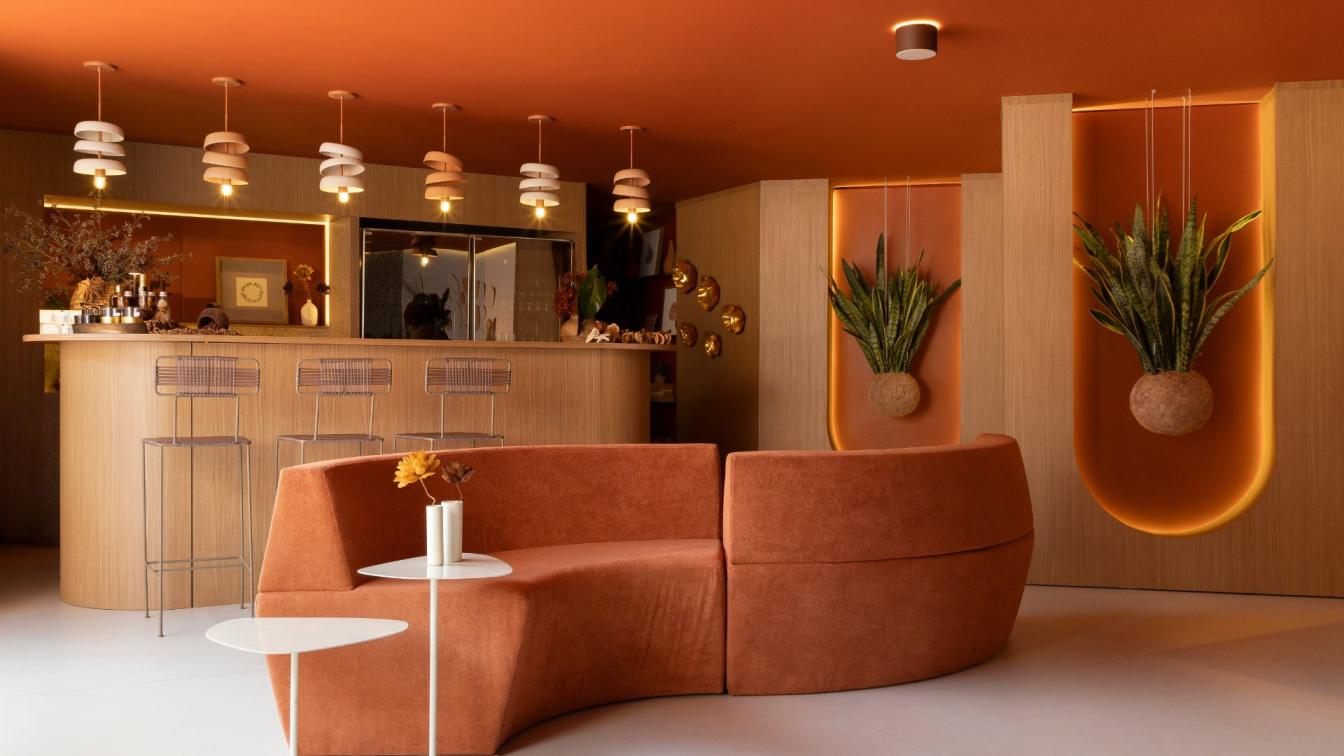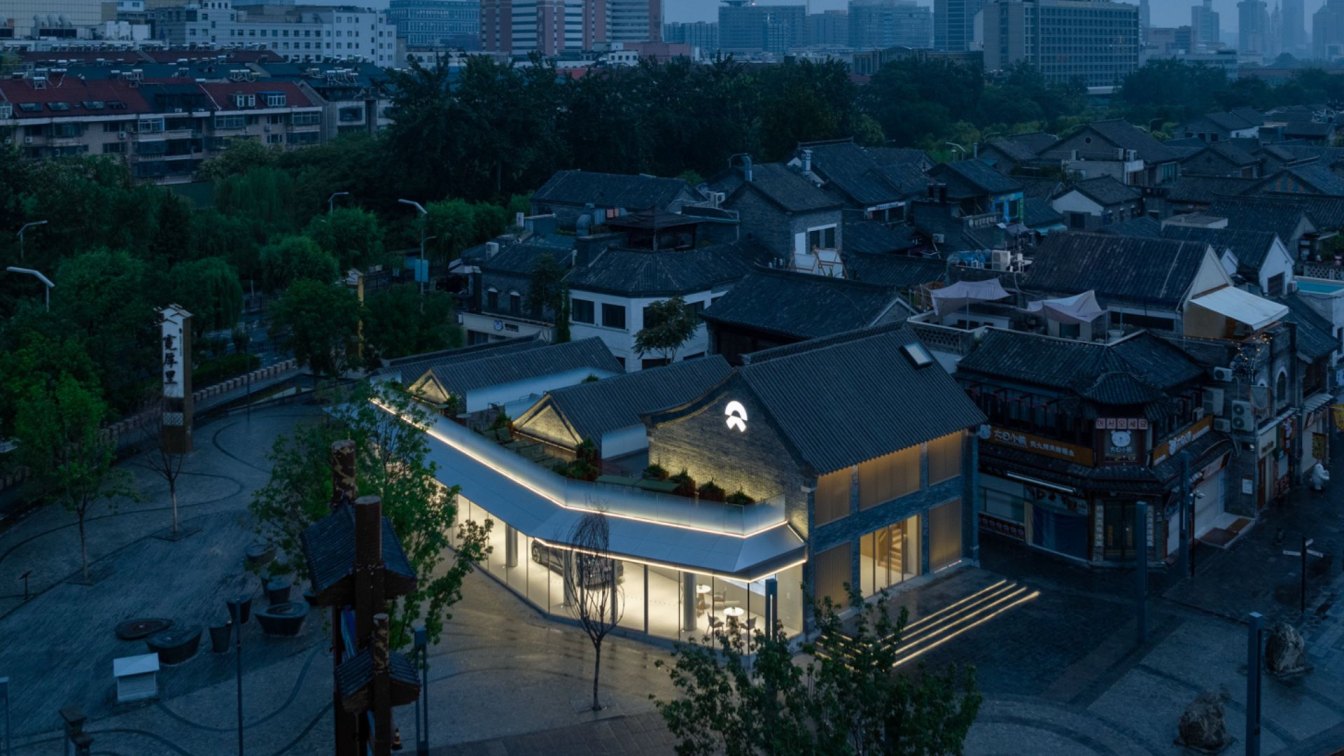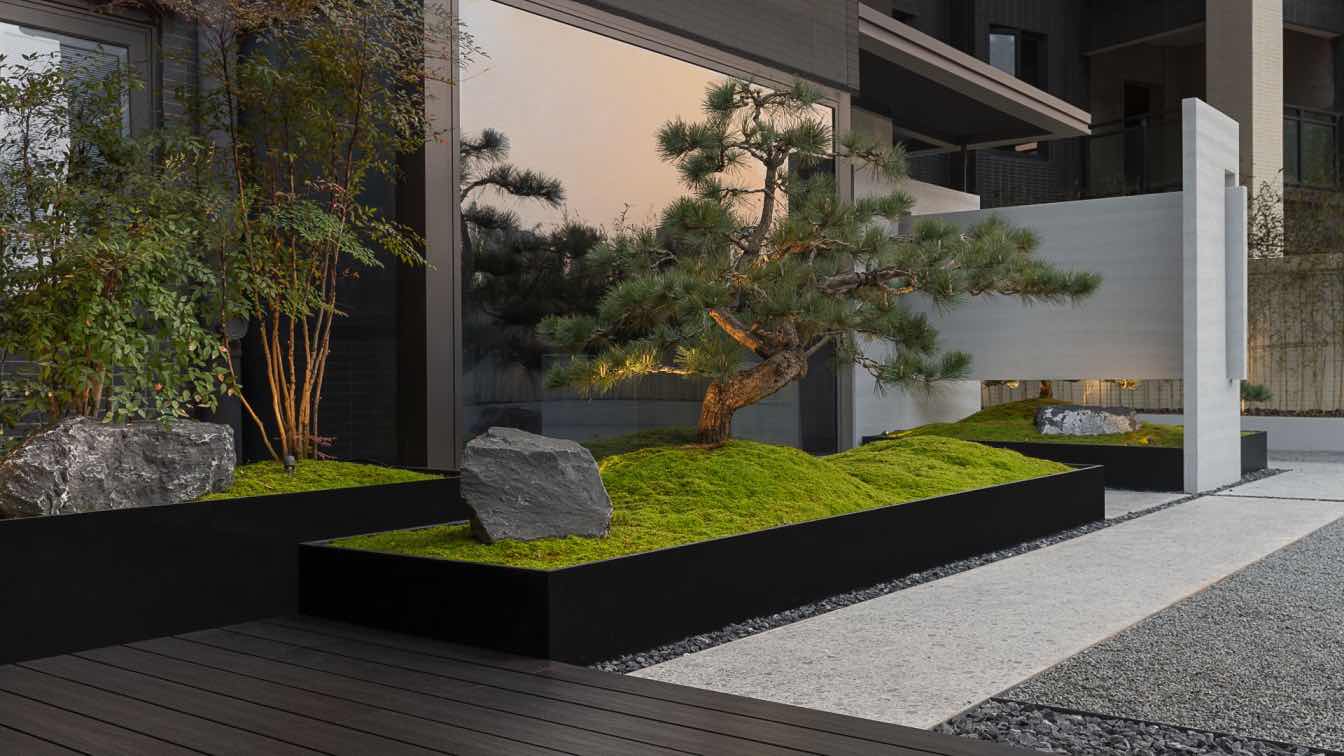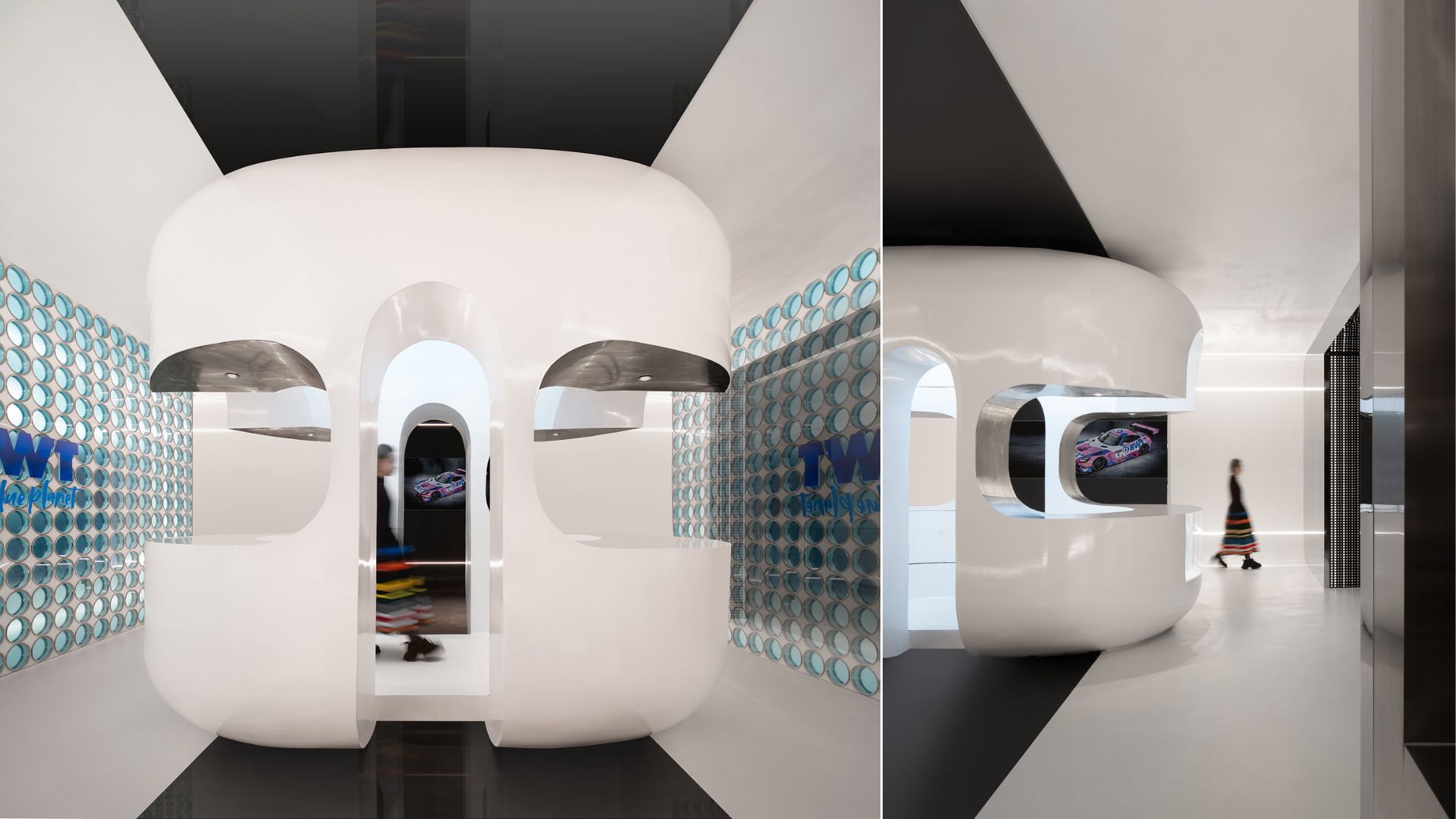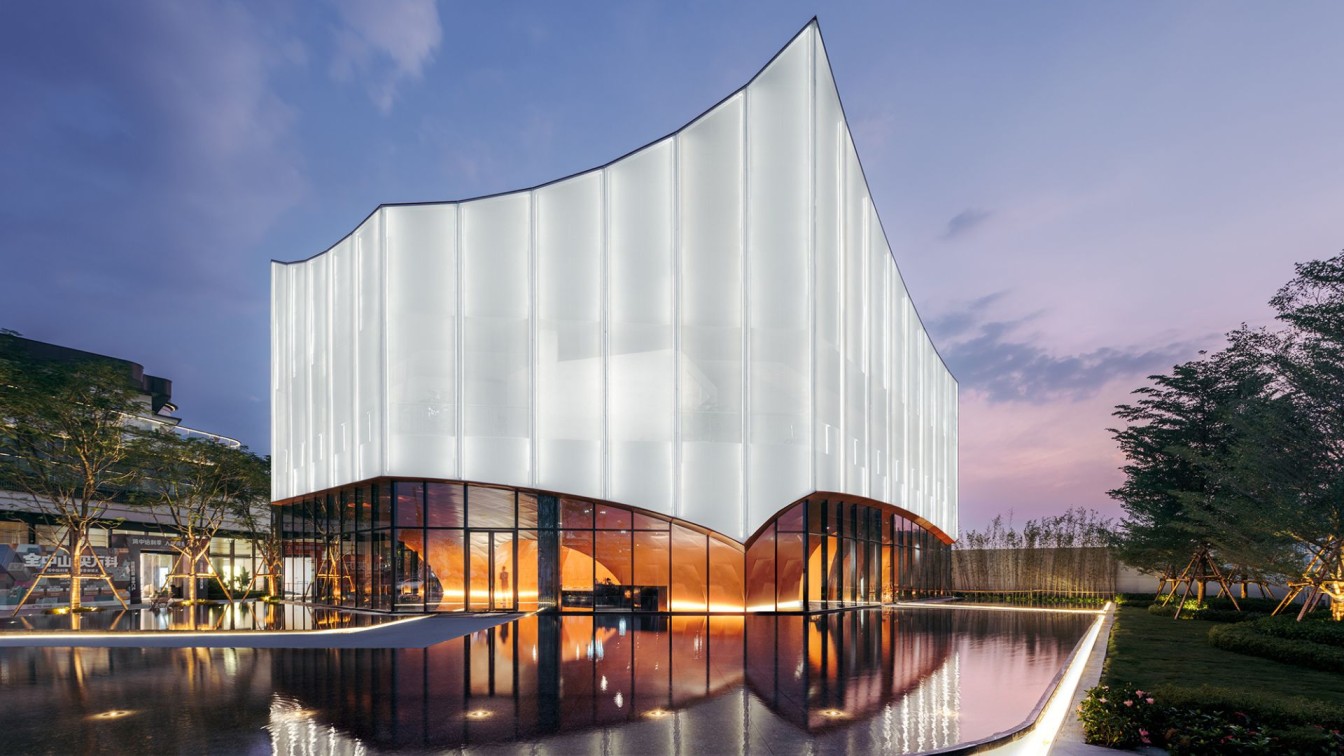Bete Said & Victor Poiani: The Ilê Omi Bar project, or House of Waters in Yoruba, the ancestral African language, is the official bar of Casa Cor Ribeirão Preto 2024. A love letter to the yabas of the waters: Yemanjá, Oxum and Nanã and a reverence to our Afro-descendant ancestry. Religion was the main inspiration for this project, signed by interior designer Bete Said and architect Victor Poiani, both Brazilians.
The professionals presented at CasaCor Ribeirão Preto 2024 the Ilê Omi Bar project, inspired by the African religion in Brazil. Brazilian religion has its roots in the spiritual practices inherited by Africans enslaved in Brazil during the colonial period. These religions have played an important role in the formation of Brazilian culture. Samba, a symbol of Brazilian culture, emerged as a cultural expression of black communities, especially in the city of Rio de Janeiro, towards the end of the 19th and beginning of the 20th century, evolving from African traditions brought by the enslaved and blending with European and indigenous influences, and is mainly represented by two religious traditions: candomblé and umbanda.
Candomblé is one of the best known Afro-Brazilian religions. It has its origins in traditional African religions, especially those of the Yoruba (Nigeria), Fon (Benin) and Bantu (Angola, Congo) peoples. It is centered on the worship of the orixás (deities), intermediaries between human beings and the supreme god, called Olodumaré or Olorum. Each orisha is associated with elements of nature and has a unique personality and influences aspects of human life. The rustic elements of Candomblé are integrated with contemporary architecture in the design of the 160-square-meter Ilê Omi Bar. This concept creates an environment that unites tradition with modern everyday life, offering a space for meeting, relaxation and conversation.

“In candomblé, nature is seen as the abode of the orishas, which reflects respect for sacred ecology, which is why we have the earth as a pillar in the project, with natural materials such as clay pottery. Other works inspired by religion, such as the Banho de Popoca ceramics from the Atotô collection, by designer and ceramist Pedro Galaso, express spirituality in honor of the orisha of healing, Obaluaiê,” says the designer.
Right at the entrance there are two kokedama maxi plants, a large ball of moss created with the Japanese kokedama gardening technique, with the Sword of St. George plant, popularly known as a protective plant, which direct visitors to the lounge bar, walking through the scenario proposed by the duo. Brazilian artists and artisans express their art through Candomblé and Umbanda, such as the macramés Oxum, Nanã and Yemanjá by artist Guilherme Albogherti, the watercolors Ancestralidade and Oxum, Nanã and Yemanjá by artist Augustinho and the work Encanto by artist Nathallya Faria.
The walls are covered with rustic textures, emphasizing the connection with natural elements, wood panels and coverings in abstract format, an aesthetic that highlights and celebrates nature, reflecting the essence of African religions.

The materials extend to the multicolored granilite countertops, a coating made with a mixture of white or ordinary cement, sand and water, stones such as granite, marble, quartz, glass and other minerals, very popular in Brazil in the mid-1940s. It represents the diversity and mixture of the Brazilian people, which contrasts with the contemporary, with tableware and metals.
Practicality prevailed in the bar area. The illuminated cabinet, designed by Bete and Victor, is covered with granilite porcelain tiles and serves as a “tray” for drinks at the bar. In the bathroom hallway, carbon steel shelves are artificially illuminated, creating a backdrop for decorating with art and craft objects. Artisans use corn straw, a natural and sustainable raw material, to create images of orishas, inspired by African religions and nature.
The ceiling of the former entertainment and gourmet area of the 1960s modernist mansion, designed by architect Francisco Segnini, with a lower-than-traditional height, has been painted terracotta, giving warmth and coziness to the entire space. The furniture in the living room bears the signature of designer Bete Said, who is launching her Nagô collection at the show, inspired by ancestry, reinforcing the link with Brazil's religious and cultural roots. Among them, the Ancestral Pendant stands out.




















